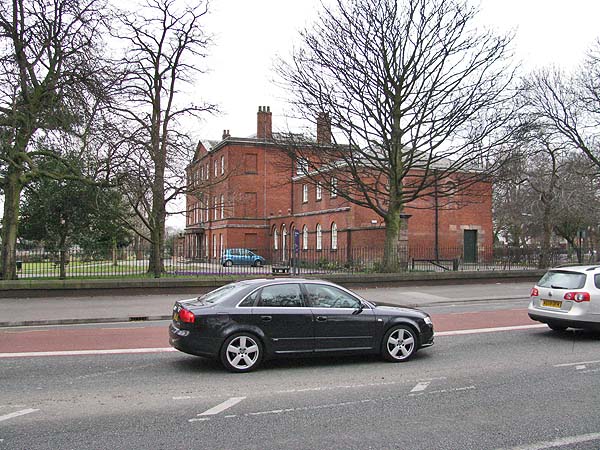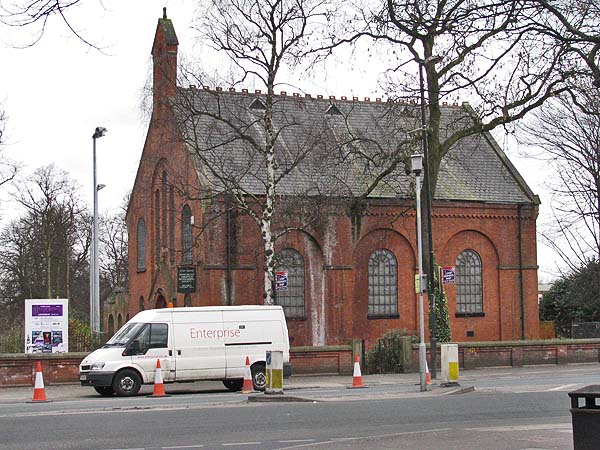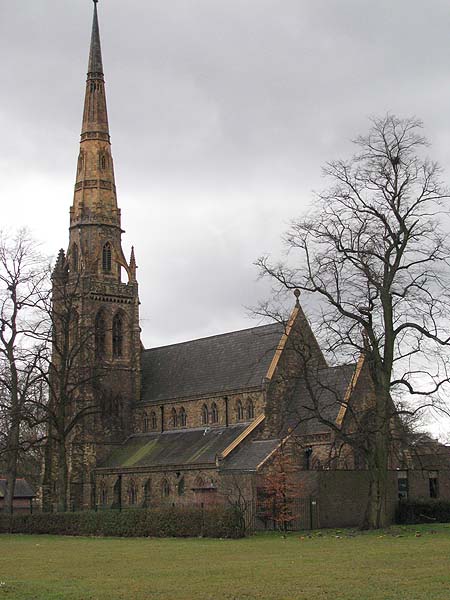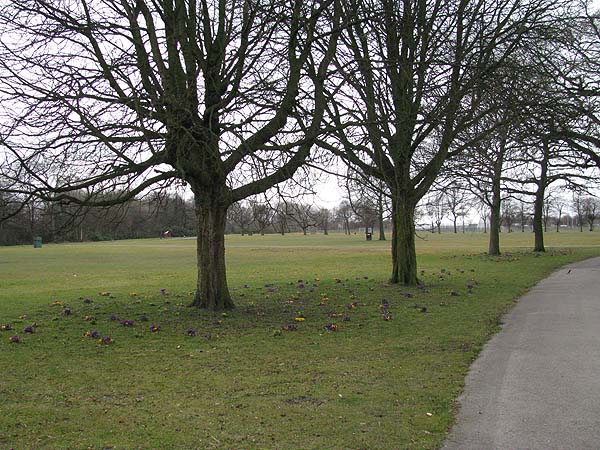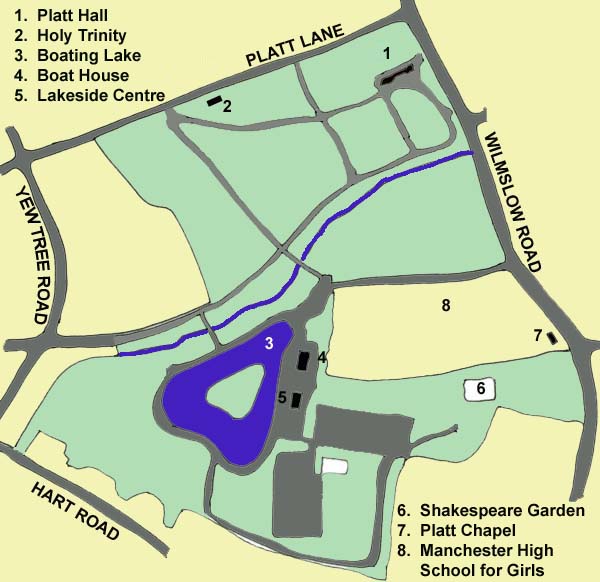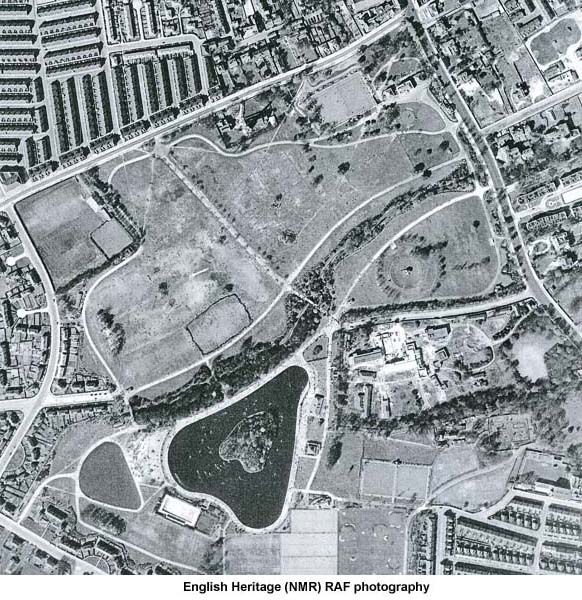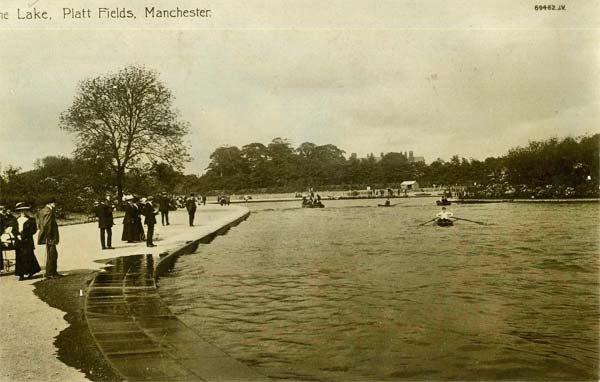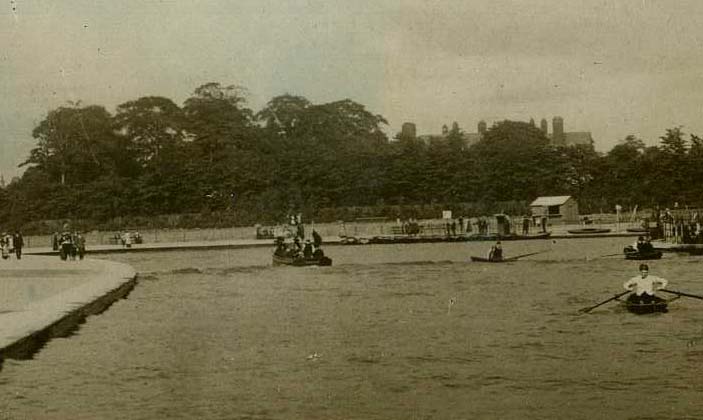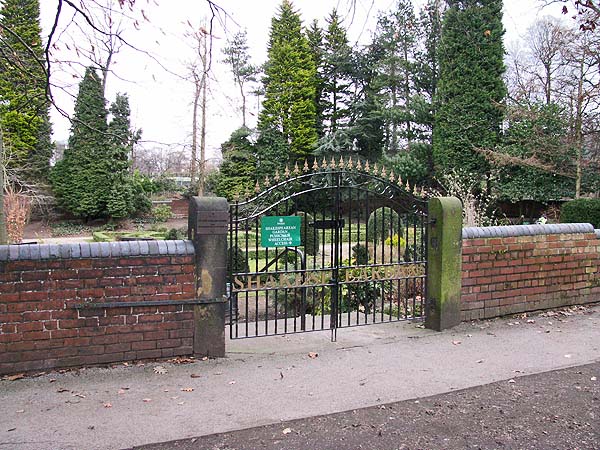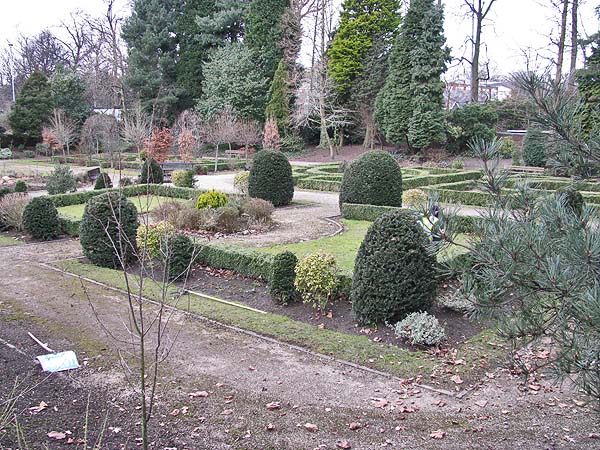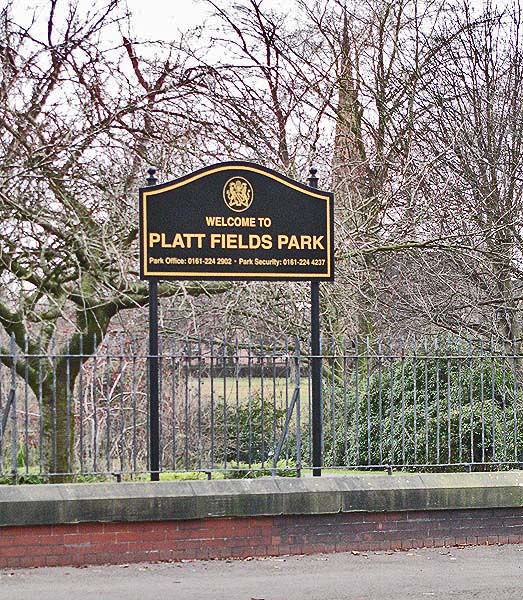 The 1820 Ordnance
Survey map shows Platt Hall close to the road which
ran south from the city centre to Fallowfield and
beyond.
However, the Platt Estate had been on that spot for several hundred years by the time that map was published. As far back as the 12th century, the land was owned by the Knights Hospitaller of St. John's of Jerusalem and in 1190 it passed from them to Richard de la More. It was his descendents who, whilst owners of the estate, took the name of Platt. In the 1600s the
estate was sold to Ralphe Worsley and his son Charles,
who was Manchester's first Member of parliament.
Below
is an image of the Hall in the 1960s used as a
backdrop for the Manchester Police to exhibit some of
their vehicle fleet. 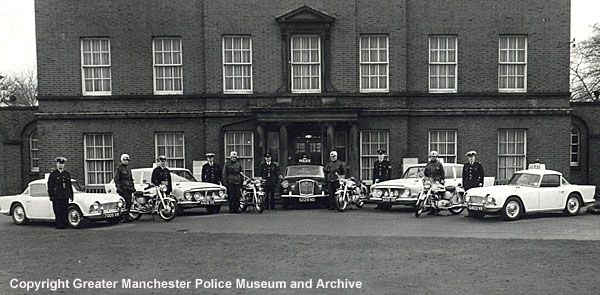 (The image above is
shown here with the permission of the Greater
Manchester Police Museum and Archive. If you
follow this link you can see more of their historic
images on their Cathedral
Chambers.)
Initially
the
Worsley family worshiped in the nearby Platt Chapel,
now home to the Manchester Amateur Photographic
Society.
However,
in 1845, Worsley was responsible for commissioning
Holy Trinity Anglican Church within the Platt Estate
along Platt Lane. The architect was Edmund
Sharp. Pevsner says of this church that it was,
"the second of Sharp's terracotta churches" which were
disrespectfully referred to as "pot churches".
The
land around the Hall became a public park in
1908.
The
aerial photograph below, shown with the permission of
English Heritage, was taken in the 1940s. Notice
that there appear to be two lakes. Perhaps the
second lake was a paddling pond or a pond for sailing
model boats. Notice all the rowing boats on the
main lake.
I remember it
well as a child and it was a great treat to go to
Platt Fields especially to go out on the boating lake
in a row boat.
For a
while they had a motor launch that took groups around
the lake.
Boating on the
lake was popular as you can see in the postcard image
below, generously donated by Graham Todd. 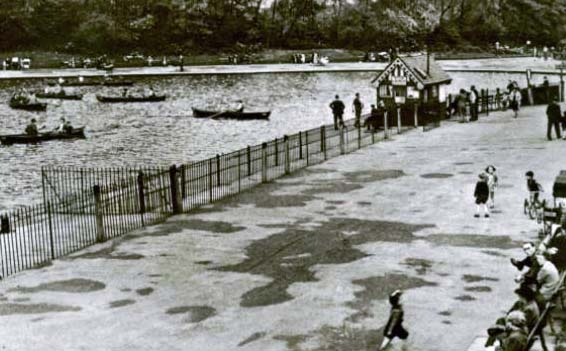 The lake is still an important feature of the park. 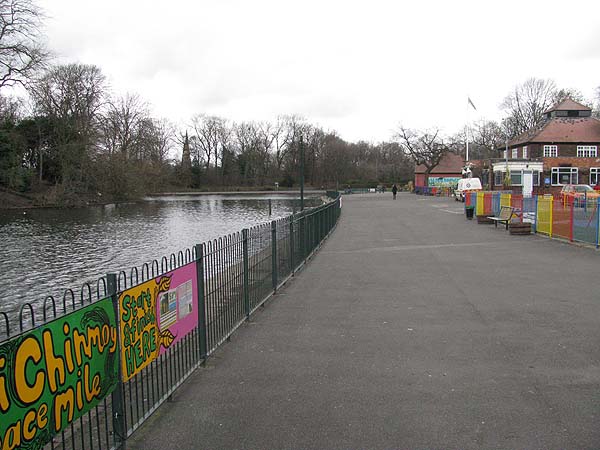 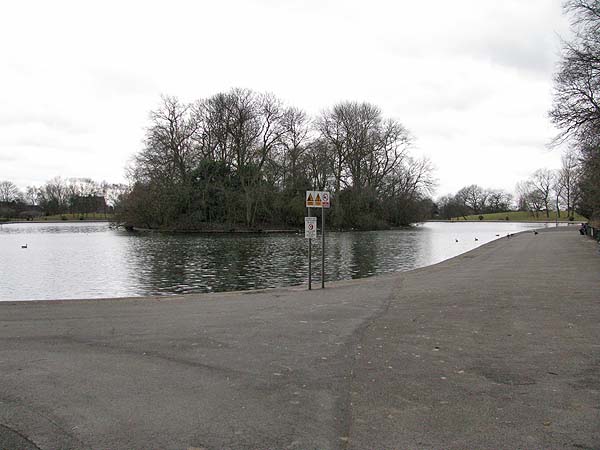 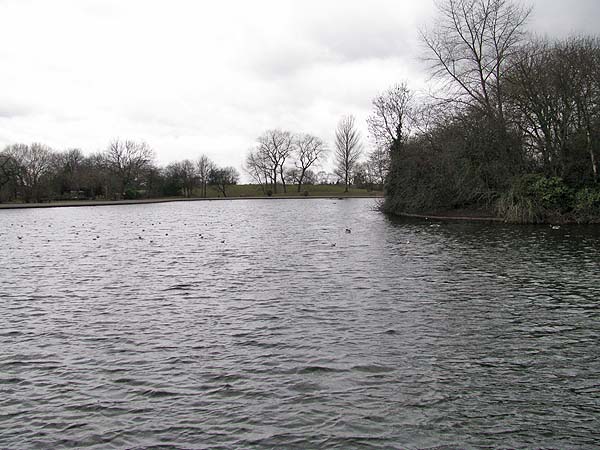 In
later years a children's petting zoo was built on
the far side of the lake.
In 1947 the Hall
itself became home to the Gallery of Costume, the
first institution in the country to be devoted to the
exhibition of a collection of exhibits and research
material on the history of clothing.  The Gallery says
of itself that, "The Gallery of Costume houses one of
the most important costume collections in Britain,
second only to the V&A in London. It contains over
20,000 fashion items from the 17th century to the
present day. The gallery continues to collect pieces
to enhance the collection." It reopened in March
of 2010 after an extensive redevelopment costing
£1million. Another
feature
within the park is the Shakespeare Garden.
 |
